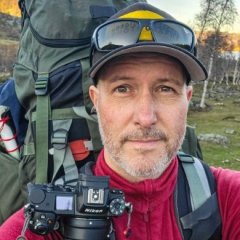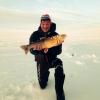Etter oppfordring: Den store Nord-Irske Himmelbjerget ekspedisjonen preview
-
Lignende innhold
-
- 293 svar
- 58 894 visninger
-
- 4 svar
- 3 239 visninger
-
- 0 svar
- 569 visninger
-
Helle Nord 1 2
Av Aaaaaaaahaaaaa,
- 39 svar
- 5 282 visninger
-
- 1 169 svar
- 256 457 visninger
-
-
Hvem er aktive 0 medlemmer
- Ingen innloggede medlemmer aktive




Anbefalte innlegg
Bli med i samtalen
Du kan publisere innhold nå og registrere deg senere. Hvis du har en konto, logg inn nå for å poste med kontoen din.